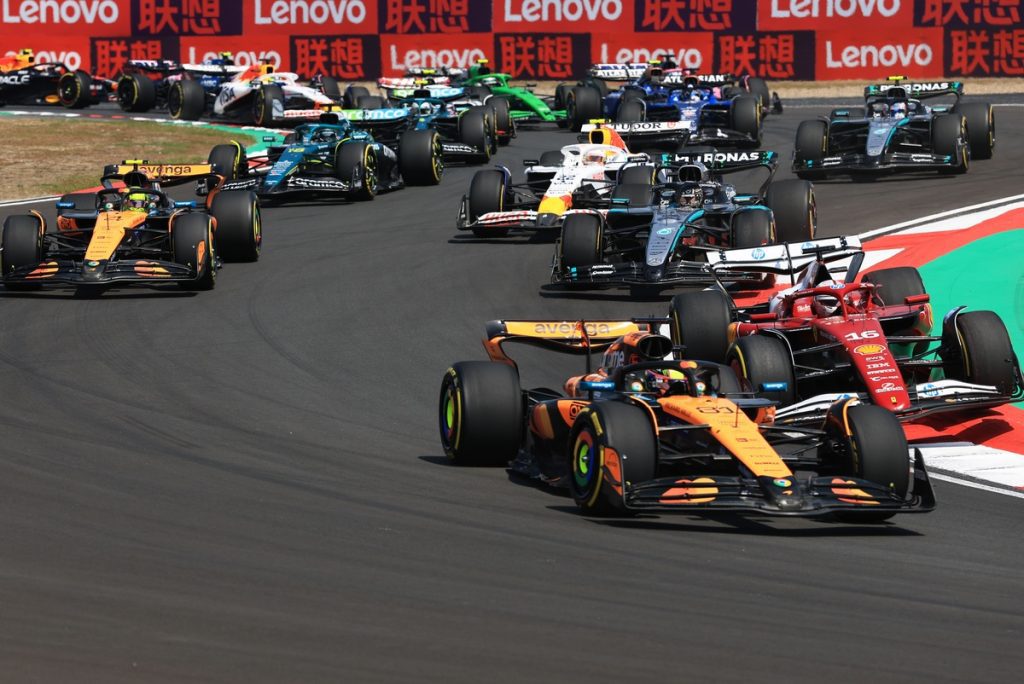The FIA has provided additional insights regarding its ongoing efforts to tighten the rear wing deflection tests in Formula 1, as well as its decision to postpone stricter front wing tests until the Spanish Grand Prix.
In recent years, teams have increasingly utilized aero-elasticity to manage the balance of ground-effect cars during varying corner speeds. This exploitation became notable enough that teams began to push the limits of the allowable maximum deflection stipulated by the regulations.
Initially, the FIA believed that existing static tests would effectively regulate this practice. However, following numerous complaints from teams about competitors’ setups, the governing body reversed its stance to minimize discussions over flexible wings becoming a focal point in 2025.
The FIA took immediate action against rear wing flexing, highlighted by McLaren’s “mini-DRS” in Baku last season, by enforcing a stricter deflection tolerance at the season’s start. More rigorous front wing tests are set to be implemented at the Spanish Grand Prix in late May, a delay intended to allow teams to avoid having to scrap their designs over the winter.
After reviewing data from winter testing, the FIA decided to intensify its technical directive regarding rear wing flexing ahead of the recent Chinese Grand Prix. Nikolas Tombazis, head of single-seater racing at the FIA, explained that observations from the Bahrain winter tests indicated that existing measures were insufficient.
Tombazis noted, “We initially thought our measures regarding the mini-DRS were adequate, but we became uncertain, leading us to equip cars with cameras to monitor the situation. It became evident during the Bahrain tests that further action was necessary.” He acknowledged that several teams, particularly Alpine, had to adjust rear wing designs, while McLaren, despite past scrutiny, reported no changes.
Moving forward, the FIA’s focus will shift to the impending clampdown on front wing designs in Barcelona. Tombazis expressed the difficulty of achieving a consensus among teams, likening it to evenly slicing a cake—there will always be some discontent. As such, while some teams aimed for concurrent adjustments on both wings to level the playing field, others benefited by retaining existing designs without a rushed overhaul.



